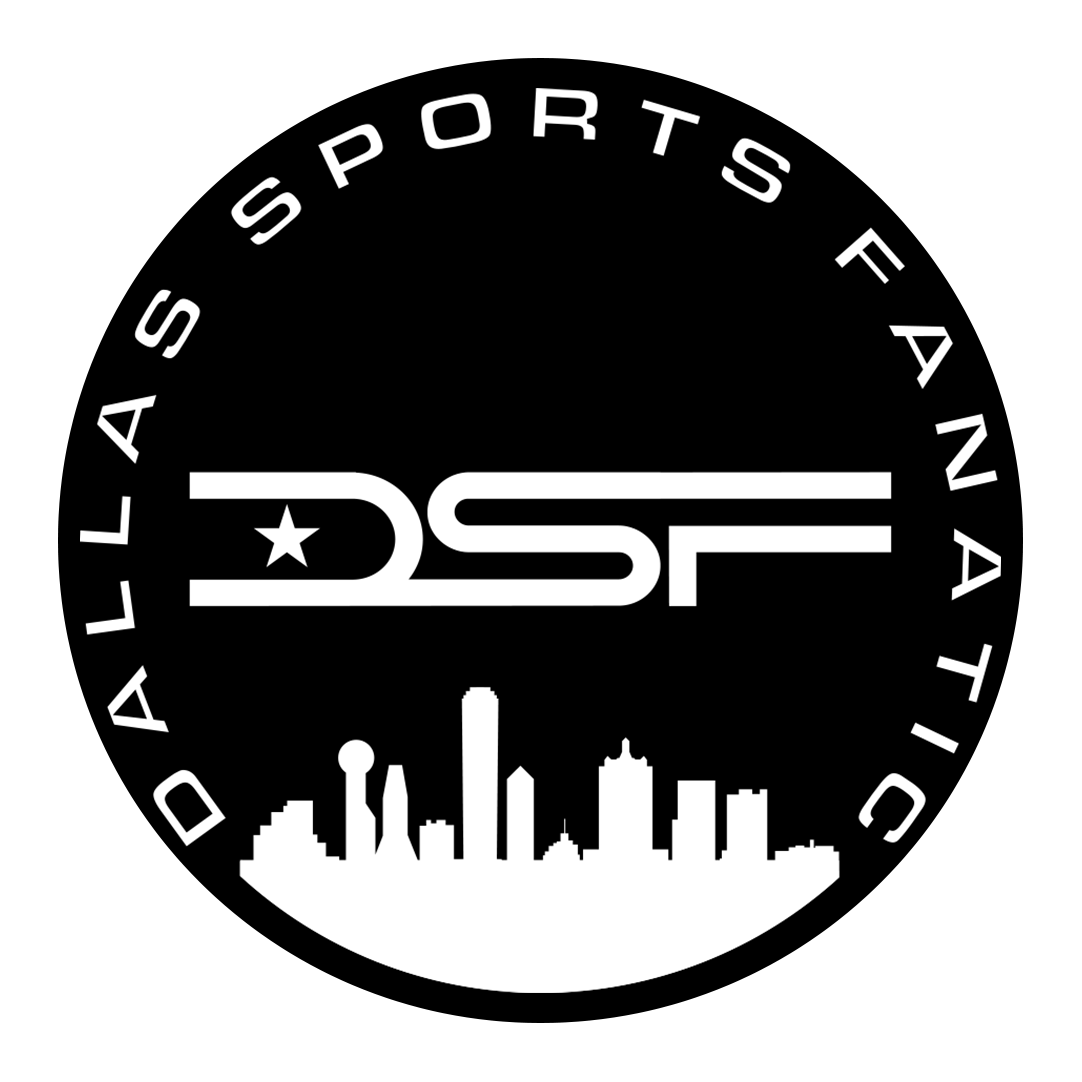Did anything the Rangers had to say regarding the pick surprise you?
Alex: I thought it was a bit surprising how zeroed in the Rangers were on Justin Foscue. It felt like the Rangers dismissed the defense for the bat which can work if the player has the makeup of a prime superstar. While Foscue shows his bat is a solid one, he doesn’t have the look on the field as a bat that can carry the team.
Where do you think Foscue fits into the Rangers’ long-term plans?
Garrett: At best, he’s a long-term replacement option for Rougned Odor at second. By the time Odor’s albatross contract expires, Foscue will be ready to go. At worst, he’s immediate minor league depth. His 2019 stats are proof of that, with a .331 average, 14 homers and 60 RBI at Mississippi State. Foscue also hits the ball hard, which only trends positively in analytic schools- his 52% hard-hit rate in 2019 is Major League comparable to that of Atlanta slugger Marcel Ozuna.

You must be logged in to post a comment Login
You must log in to post a comment.